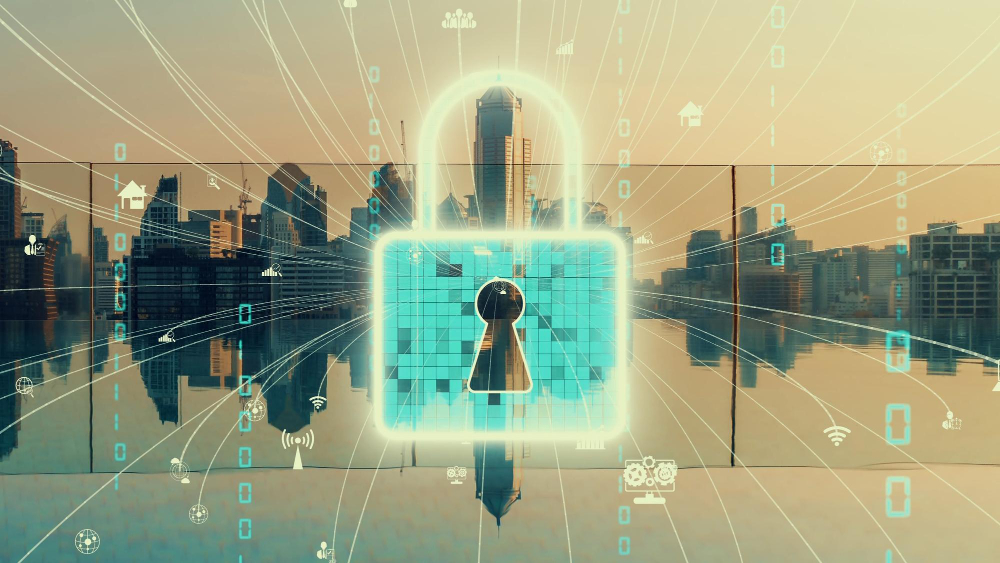Zero Trust Physical Access Control Systems: Why It’s Essential for Modern Security
Security breaches in physical spaces are increasing globally, exposing businesses and organizations to significant risks. Traditional access control systems, which often trust users after initial verification, are no longer sufficient. Implementing Zero Trust Architecture (ZTA) in physical access control systems ensures that every access attempt is continuously verified based on context and identity.
In this blog, we’ll explore why Zero Trust is essential for physical security, the key benefits it offers, practical implementation tips, how to choose the right solution, and common mistakes to avoid.
Table of Contents
- Why Zero Trust Architecture in Physical Access Control Systems Matters
- Benefits of Zero Trust in Physical Access Control
- Actionable Tips to Implement Zero Trust Physical Access Control
- How to Choose the Right Zero Trust Physical Access Solution
- Common Mistakes to Avoid
- Conclusion
- FAQs
Why Zero Trust Architecture in Physical Access Control Systems Matters
As physical security threats grow more sophisticated, relying on perimeter-based trust models is no longer effective. Zero Trust Architecture (ZTA) operates on the principle of “never trust, always verify.” It ensures that no person or device is given access without constant validation — regardless of whether they’re inside or outside the facility.
This model is vital for securing high-value infrastructure, sensitive facilities, and enterprise environments from both external breaches and insider threats.
Benefits of Zero Trust in Physical Access Control
🔒 High-Security Through Continuous Verification
Traditional access systems grant long-term access after initial authentication. Zero Trust ensures every access attempt is verified in real time, drastically reducing risks from stolen credentials or tailgating.
🧭 Context-Aware Access Control
Zero Trust evaluates factors like user role, time of day, and location before granting access — enabling dynamic and flexible decision-making.
🔗 Integration with IT Identity Systems
Seamlessly integrates with platforms such as Active Directory or identity management systems, ensuring unified visibility across both digital and physical environments.
⚙️ Real-Time Threat Detection
With AI video analytics, Zero Trust can detect anomalies such as forced entry, loitering, or suspicious activity and trigger alerts instantly.
📊 Improved Compliance and Audit Trails
Every access event is logged, creating a transparent audit trail for compliance with ISO 27001, HIPAA, and GDPR — essential for regulated sectors.
Actionable Tips to Implement Zero Trust Physical Access Control
- Conduct a full audit of your existing physical access infrastructure.
- Use multi-factor authentication (badge + fingerprint or mobile credential).
- Integrate access control with IT identity systems for unified visibility.
- Deploy AI-based video analytics for real-time anomaly detection.
- Implement role-based access policies and enforce least privilege principles.
- Enable time-based access control to prevent after-hours entry.
- Review and analyze access logs regularly for suspicious behavior.
- Train all staff on Zero Trust security protocols and access procedures.
- Keep hardware firmware and patches up to date.
- Collaborate closely with your cybersecurity team to align physical and IT security.
How to Choose the Right Zero Trust Physical Access Solution
The right Zero Trust physical access control system depends on your organization’s size, risk exposure, and operational complexity. Here’s a quick comparison to guide your selection:
| Feature | Description | Best For |
|---|---|---|
| Multi-Factor Authentication | Combines biometrics, badges, and mobile credentials for stronger verification. | High-security facilities |
| AI-Powered Behavior Analytics | Detects unusual patterns and alerts in real time. | Industrial and critical zones |
| IT-Physical System Integration | Synchronizes digital identities with physical access logs. | Enterprises and multi-campus organizations |
| Context-Aware Access Rules | Adjusts permissions dynamically based on context and user behavior. | Remote and hybrid workplaces |
Common Mistakes to Avoid
- Using keycards without multi-factor authentication
- Not integrating physical systems with IT security frameworks
- Failing to apply role-based or time-based access controls
- Ignoring insider threats
- Running outdated firmware or software
- Skipping periodic access log audits
- Granting contractors unrestricted or long-term access
- Neglecting employee training on Zero Trust policies
- Not enabling real-time monitoring or analytics tools
- Treating Zero Trust as a one-time setup instead of a continuous process
Conclusion
Implementing Zero Trust Architecture in physical access control systems is no longer optional — it’s essential. With continuous verification, contextual decision-making, and real-time analytics, organizations can stay ahead of evolving security threats.
Whether you're managing a corporate office, manufacturing plant, or critical infrastructure, adopting Zero Trust ensures stronger protection, better compliance, and peace of mind.
Ready to upgrade your physical security? Contact us today for a personalized Zero Trust consultation.
FAQs
What is Zero Trust Architecture in physical access control?
Zero Trust Architecture (ZTA) assumes no user or device is trusted by default — even inside the facility. Every access attempt is verified based on identity, context, and behavior before granting entry.
How does Zero Trust differ from traditional access systems?
Traditional systems rely on one-time authentication (like a badge swipe). Zero Trust enforces continuous, real-time validation for each access event, reducing risks from stolen credentials or insider threats.
Is Zero Trust only for large enterprises?
No. Modern Zero Trust platforms are scalable and cost-effective — suitable for SMEs, offices, educational institutions, and residential complexes.
Does Zero Trust require internet connectivity?
Not always. Some systems run locally with secure logs, but real-time analytics and cloud-based monitoring typically require internet connectivity.
Can I integrate Zero Trust with existing access control systems?
Yes. Many modern platforms are designed to layer on top of existing hardware, enhancing security without a complete infrastructure overhaul.

